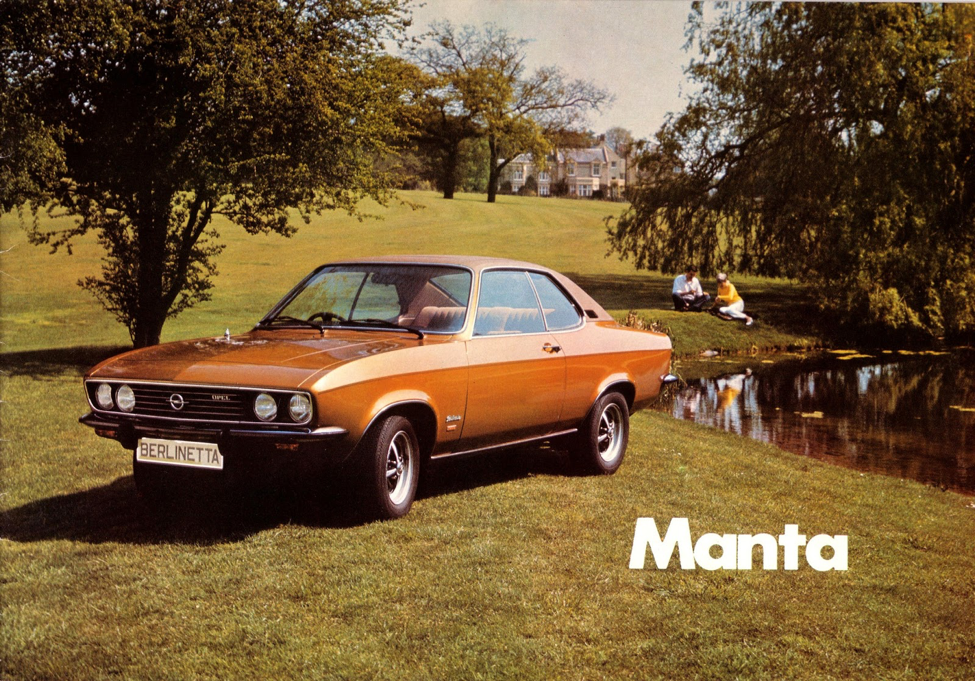The Glove Box: Nissan’s “Pike Factory”
- Radar Staff
- Sep 19, 2016
- 4 min read
Normally, when an automaker makes something up for marketing purposes, all that results is a cloud of buzzwords around an existing product, or something that never comes to fruition. The more advertising hype-speech, often, the less has changed on a “new” product. In Japan’s “bubble economy” of the late 1980s, though, the sky was the limit.
This marks the third installment of The Glove Box, in which I discuss whatever car I feel like will be interesting enough for me to write about without repelling you with weirdness. The four cars I’m writing about this week come close to the latter, but please do bear with me. These are cheeky and fun little buggers.
I don’t care to explain how the Japanese bubble came to be, but it did, in those few golden years of economic hubris, produce some of Japan’s best cars ever, some of which I may cover in later editions of The Glove Box. The Honda/Acura NSX that shamed Ferrari, the Mazda MX-5 Miata (or Eunos Roadster) that simply needs no explanation, the luxurious and turbocharged Mazda/Ẽfini RX-7 FD, the three-rotor (Mazda) Eunos Cosmo, the only Japanese car ever to win Le Mans (Toyota came so incredibly close this year); and on a lighter note, the Autozam AZ-1 (wow, Mazda really went crazy), the Honda Beat, the Suzuki Cappuccino, and these folks from Nissan.
(Photos easily accessible by Google search, stitched by the author)
Nissan, seeking to display its wealth and ambition in the bubble, commissioned Naoki Sakai, a Japanese designer who had spent time selling Japanese-themed T-shirts in San Francisco and was currently working at Olympus designing cameras, to dream up a car. He had never done any automotive design, but soon enough, he delivered the Be-1. It and the other Pike Factory cars would be based on the subcompact Nissan March (Micra), allowing mechanicals, maintenance, and insurance be simple and cheap. Nissan sold 10,000 copies of the Be-1 by reservation only in 1987, and demand exceeded the restricted supply tenfold. Realizing what a hot commodity the Be-1 was, Nissan brought Sakai back to design the S-Cargo, of which 8,000 were produced. Next came 50,000 Paos and 20,000 Figaros, more adventurous design-wise than the Be-1. The Pao sported satin chrome and sheetmetal stamped to look rugged and industrial—or Jurassic—while the Figaro proudly displayed lots of chrome ovals and a retractable, contrast-color hardtop. All of the models sold out in a flash, and Nissan went back to its unexciting self in 1992 after the bubble imploded. The end of the bubble period decimated much of the vim and verve that all the Japanese manufacturers had, which they have yet to regain. Thus, the Pike cars, as do all the fleeting creations of the late 1980s, symbolize a sort of peak moment of confidence in the Japanese car industry, whose frivolity likely contributed to its own demise.
But back to the cars. Unlike Mazdas of the same time period, Nissan’s cars did not emphasize big horsepower or advanced technology; rather, they showcased a whimsical approach to design that was retro in a modern way. (The S-Cargo even had a single-spoke steering wheel like the Citroën DS.) They brought together many different design ideas vaguely derived from small European hatchbacks of the middle of the century. The Pike cars came well before the reborn New Beetle and MINI, previewing a design direction that became very popular in the early 2000s. (Other examples include the new FIAT 500, Chrysler’s PT Cruiser, and the fifth-generation Ford Mustang.) If such pioneering ideas had been part of a more lasting movement than Japan’s economic bubble, Nissan and Sakai might still be recognized as sparking the retrofuturistic trend in car design.
Oh, what was that about making something up? Well, I’ll break it to you: the Pike Factory does not exist. There is no factory called Pike anywhere in the world, nor was there ever. “Pike” may have something to do with the weapon by the same name: Nissan may have chosen to recognize that it was spearheading a design trend, as a New York Times article suggests. Whatever the case, the “Factory” part was complete marketing hooey. As this fairly well-researched piece says, it is likely that not all four cars were built at the same factory at all, though both of the factories that may have produced them are specialty contractors for multiple Japanese manufacturers. Still, the image of a special place producing these timeless, adorable specimens worked its magic on awed customers. Such an intensive marketing campaign is unusual in the car world: Nissan poured quite a lot of resources and money to produce 90,000 cars for a little profit and a lot of buzz. What Nissan wanted the hype to be focused on is unclear, but the collapse of the bubble destroyed most of the momentum the Pike cars might have built. Instead, we appreciate these characterful automobiles for what they are.
Now that the Pike cars are 25 years old or older (with the exception of a handful of S-Cargos), you can find one in Japan online and import it to any of 49 states, where cars old enough are exempt from emissions and other vehicle inspections. There are already a few Paos and several Figaros over here, but likely not in the double digits for either. If you’re willing to slog through more paperwork and probably spend another couple thousand dollars, you can even import one to California, but it will have to pass emissions and other tests since it’s younger than the fixed cutoff year of 1977—thanks a bunch, CARB. Still, the vintage Japanese-car scene is bigger in California than in any other state by a huge margin at the moment, so these cars are really appreciated on the Left Coast.





Comments